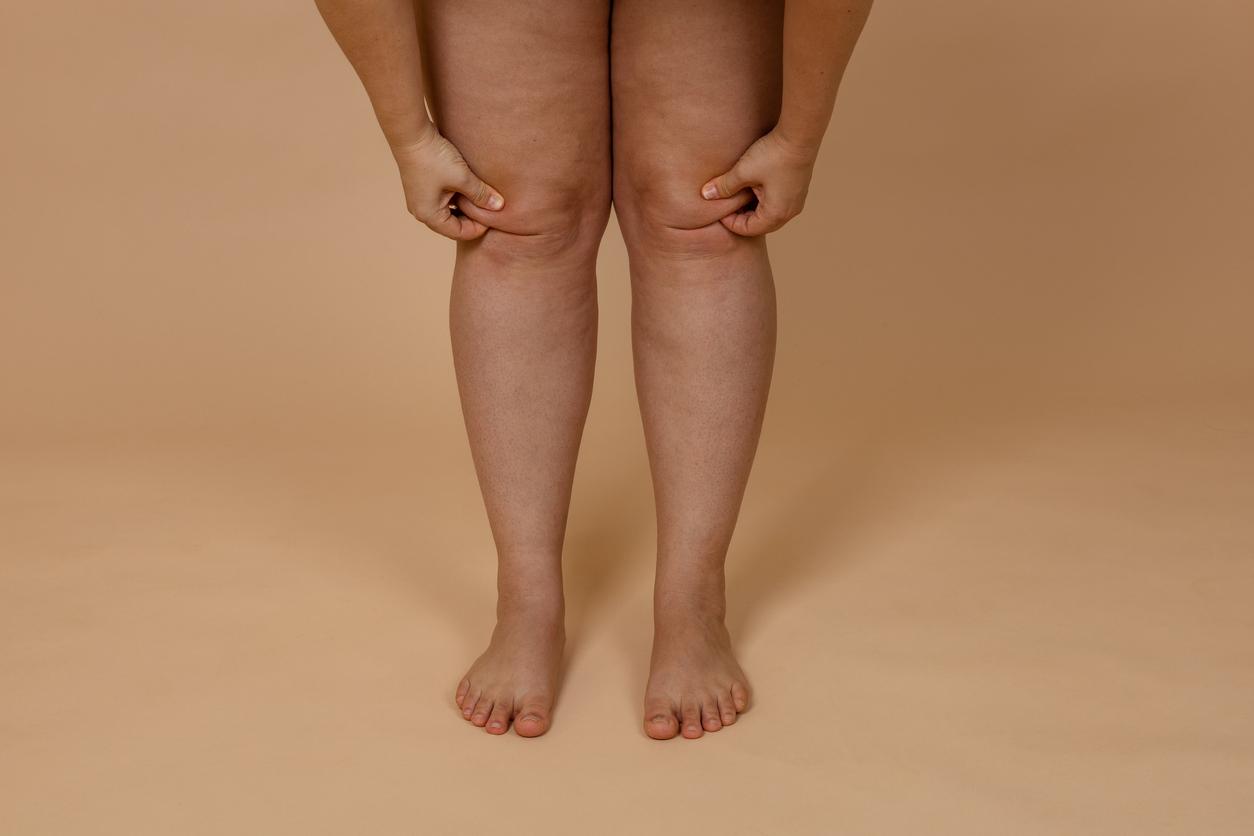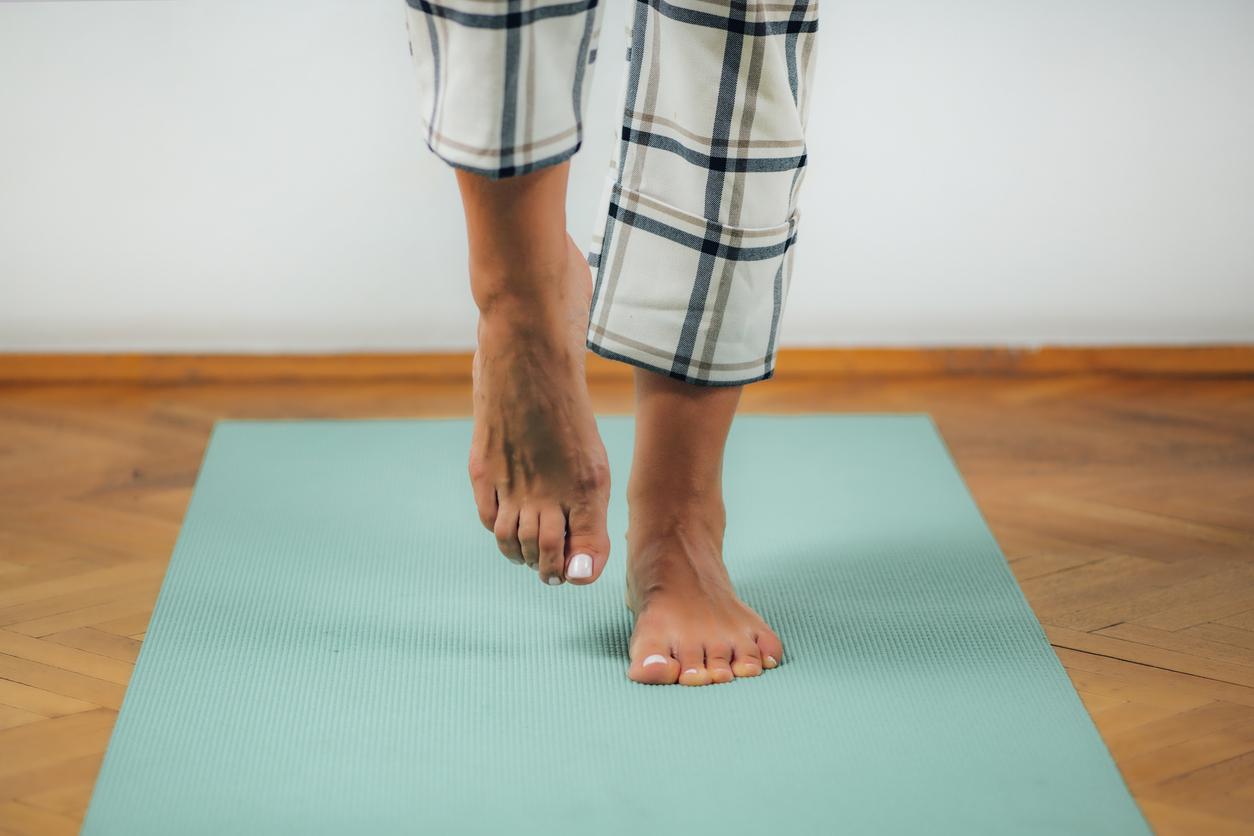Pole leg disease, also known as lymphedema, affects many women, causing not only physical discomfort but also feelings of guilt. It is crucial to understand this condition and know how to deal with it without feeling guilty.

- Understanding Lymphedema: It is a medical condition caused by dysfunction of the lymphatic system.
- Avoiding Guilt: Guilt and shame should not be associated with this illness.
- Proactive management: Appropriate treatment and adequate support can significantly improve quality of life.
Pole leg disease, or lymphedema, is a chronic condition characterized by a buildup of lymph fluid in the tissues, causing swelling in the legs. This condition can be primary, caused by congenital abnormalities of the lymphatic system, or secondary, resulting from surgeries, infections, or trauma. It is often aggravated by excess weight, physical inactivity, and circulatory disorders.
Symptoms of pole leg disease include persistent leg swelling, a feeling of heaviness, pain, and sometimes repeated skin infections. This swelling may be asymmetrical and may worsen over time if the condition is not properly managed.
Guilt and Self-Perception
Social pressures and stigma
Women with lymphedema may feel a lot of social pressure and stigma due to the appearance of their legs. Beauty standards and societal expectations can exacerbate feelings of shame and guilt, causing them to feel responsible for their condition. It is important to understand that pole leg disease is a medical condition that is not the result of a lack of self-care, but rather a dysfunction of the lymphatic system.
Psychological impact
The guilt and shame associated with lymphedema can lead to low self-esteem, social isolation, and depression. Women may avoid social activities, clothing that exposes their legs, and even medical care for fear of judgment. It is crucial to break this cycle of guilt by educating patients and those around them about the nature of the disease and promoting a positive body image.
Strategies for Managing Illness Without Guilt
Education and support
It is essential that women with lymphedema are properly informed about their condition. Knowing the causes, symptoms, and treatment options can help reduce feelings of guilt. Joining support groups, whether online or in person, allows people to share experiences and advice, and feel less isolated.
Therapeutic approaches
Lymphedema management includes methods such as compression, manual lymphatic drainage, exercise, and skin care. More advanced treatments, such as laser therapy or surgery, may be considered in some cases. By working with specialized health professionals, women can develop a personalized treatment plan that improves their quality of life without feeling responsible for their condition.
Pole leg disease is a medical condition that requires proper understanding and management. It is essential that affected women stop blaming themselves for their appearance and condition. With proper education, emotional support, and appropriate treatment, it is possible to live a full and satisfying life despite this condition.
Tips for living better with lymphedema:
- Get informed: Understand your condition and explore available treatment options.
- Seek support: Join support groups to share your experiences and receive advice.
- Adopt a treatment plan: Work with healthcare professionals to develop a personalized management plan.

















